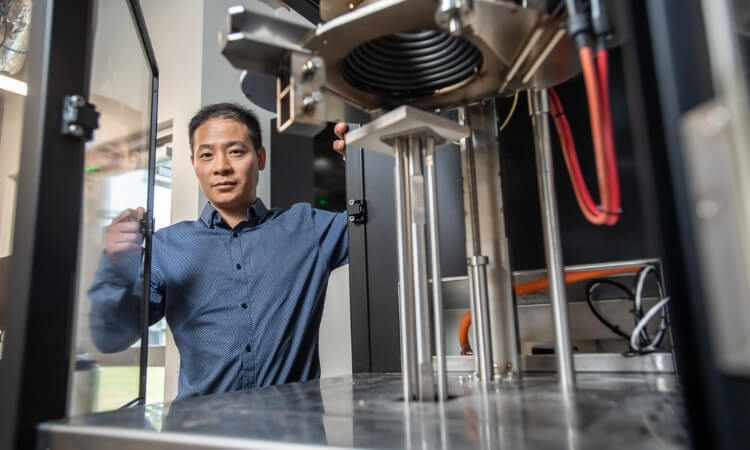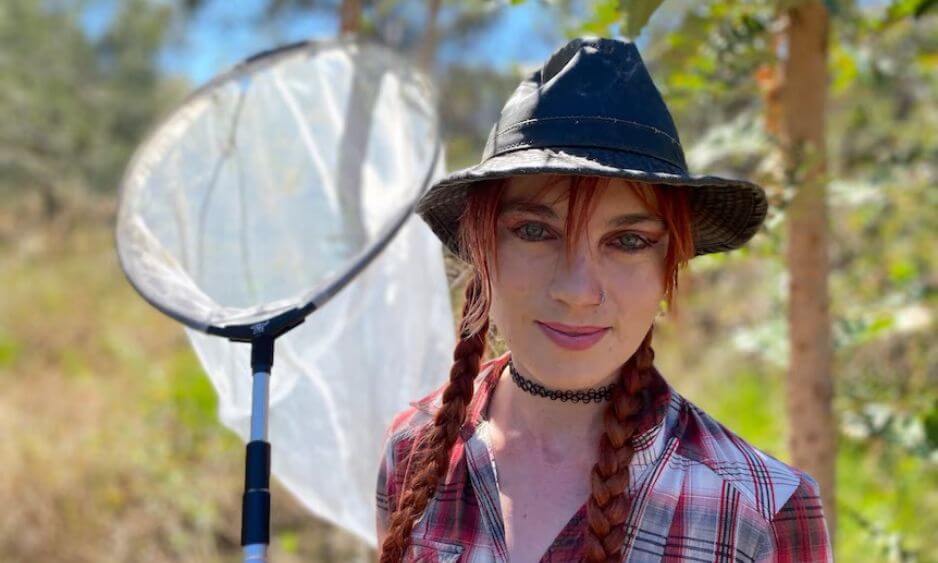Within five years of a cancer diagnosis, rural cancer patients are more likely to die from this disease because they live in the bush.
The lifetime (0-84) risk of death for male and female patients (26% and 16% respectively) is a staggering statistic that must be addressed. Estimates suggest that approximately 13% of regional cancer-related deaths could be prevented if their survival rates were equal to those in major cities. This means that more than 350 regional Queenslanders die of cancer each year just because of where they live.
UniSQ researchers are working on several joint initiatives with partners including Cancer Council Queensland and Prostate Cancer Foundation Australia to improve cancer survivorship and quality of life for regional Queenslanders.
In a joint partnership with the Cancer Council Queensland, UniSQ’s Institute for Resilient Regions researchers are focused on the health and well-being of regional Australians. We must first understand the issues that face patients in regional Queensland, before we can start to address the issue. Researchers are investigating and addressing the socio-cultural, behavioural, psychological and health-system factors shaping the differential rates of cancer mortality and morbidity in regional Queensland.
It is estimated that at least a third of all cancer cases in Queensland could be prevented. To reduce the risk of preventable cancers, recommendations include participating in regular cancer screening, quitting smoking, eating healthily, regular exercise, staying SunSmart and limiting alcohol intake.
A landmark ‘Travelling for Cancer Treatment’ study (Building Regional Resilience in Cancer Control), will follow the journey of regional cancer patients who must travel to receive treatment providing insight into the unique challenges faced by this group. This study will pay particular attention to the experience of cancer patients in regional Queensland, from cancer screening through to clinical management, as well as medical and psycho-social support received over the five-years after diagnosis.
While there is some variation within areas, women diagnosed with breast cancer while living in outer regional areas of Queensland are about 7% more likely to die from their cancer within five years than those in South East Queensland. The survival gap for women living in remote areas of the state is even greater, at 17%.
There’s a long way to go, but these partnerships and additional public investments in regionally-specific research and translational initiatives are vital to improving healthcare for regional Queenslanders.
In another line of research and in partnership with Prostate Cancer Foundation of Australia, the peak national body for prostate cancer in Australia, UniSQ researchers are leading the ‘Surviving Prostate Cancer in Regional Australia’ project that aims to understand and address disparities in prostate cancer outcomes between rural/regional and metropolitan Australia.



